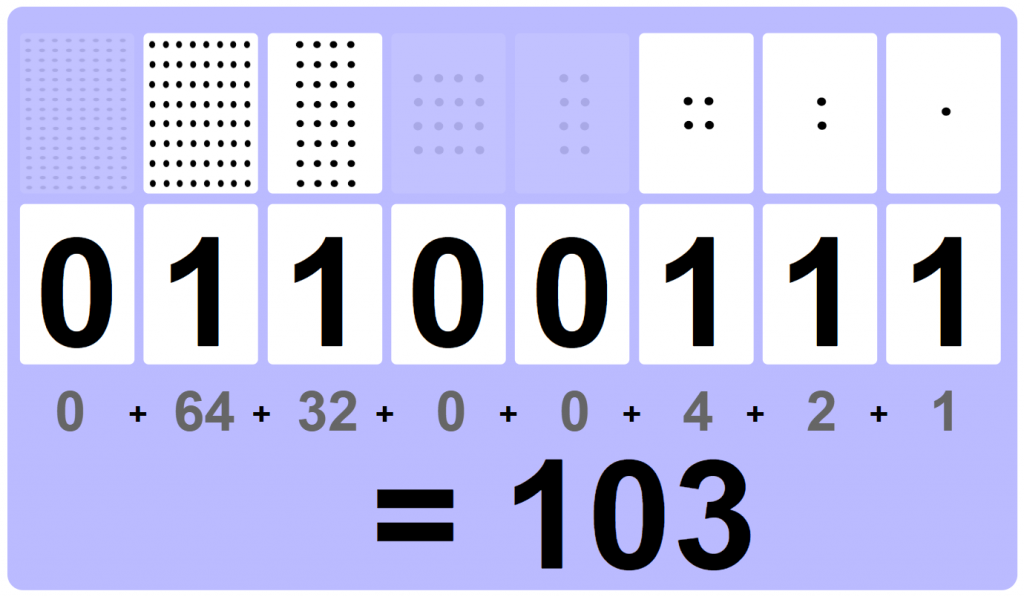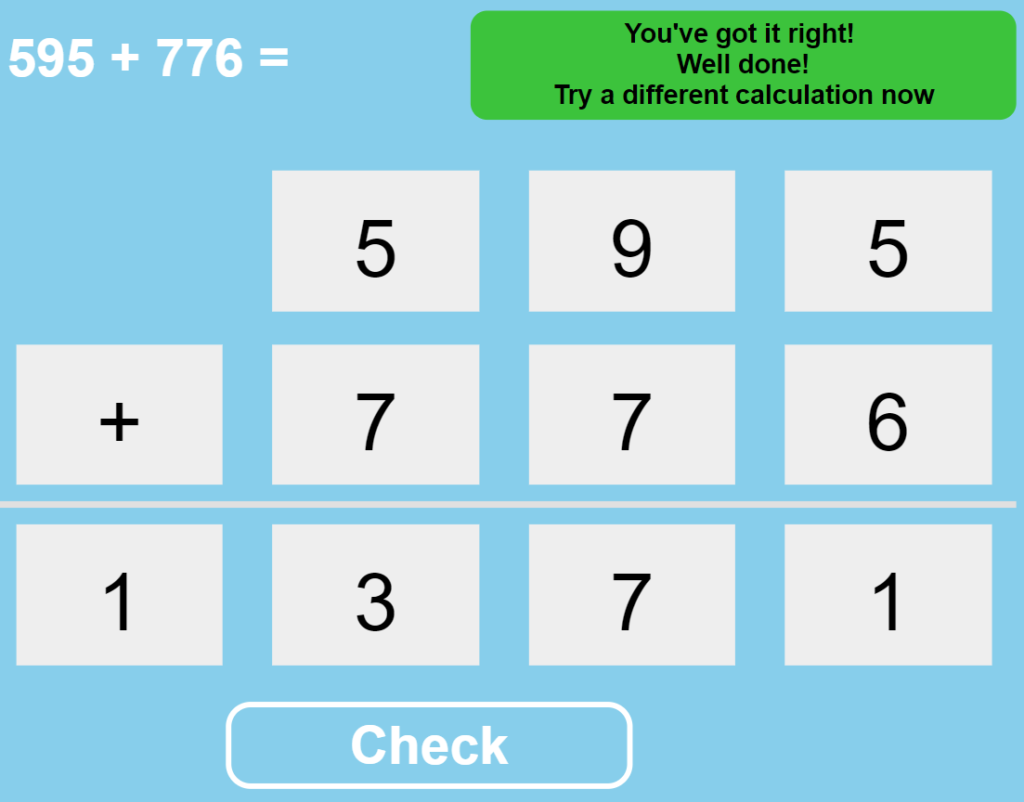- KS3 – I’ve done Scratch
KS3 – I’ve done Scratch Yes, but can you code? Faced with that looming first lesson in programming for Y7, and either diving into text-based environments or revisiting those familiar blocks of KS2 scratch, I opted for a new approach before the lesson even started. With a wide catchment area and plenty of feeder primary
- KS2 Programming – Developing Solutions by Design
So first of all I will lay may cards on the table – I am a CS teacher working with pupils from KS2-KS5. And I reckon in my 25 years of teaching, I have fallen into any and all of the traps I am about to argue against. But I will offer some ideas about
- Scratch a Day – Code 1
https://scratch.mit.edu/projects/778969346/
- Is it Typing Time?
Three ideas to reduce typing time in class and focus on Digital Literacy
A recent question on a social media post asked about having enough time to teach digital literacy with a oen comment rueing the speed of primary students’ typing skills. Over the years, I have introuced a number of ideas which allow me to cover areas of digital literacy more efficiently, and in this article I will focus on typing time and alternatives to teaching touch typing in lessons.
- A level Binary
From 2s complement to fixed and floating point decimal notation, I’m pleased to share a wide range of mini applications aimed at allowing students to play with, discover and manipulate binary numbers. Investigate the effext of shifting digits left and right on the value of the number and learn about normalising both positive and negative
 KS3 – I’ve done Scratch Yes, but can you code? Faced with that looming first lesson in programming for Y7, and either diving into text-based environments or revisiting those familiar blocks of KS2 scratch, I opted for a new approach before the lesson even started. With a wide catchment area and plenty of feeder primary
KS3 – I’ve done Scratch Yes, but can you code? Faced with that looming first lesson in programming for Y7, and either diving into text-based environments or revisiting those familiar blocks of KS2 scratch, I opted for a new approach before the lesson even started. With a wide catchment area and plenty of feeder primary So first of all I will lay may cards on the table – I am a CS teacher working with pupils from KS2-KS5. And I reckon in my 25 years of teaching, I have fallen into any and all of the traps I am about to argue against. But I will offer some ideas about
So first of all I will lay may cards on the table – I am a CS teacher working with pupils from KS2-KS5. And I reckon in my 25 years of teaching, I have fallen into any and all of the traps I am about to argue against. But I will offer some ideas about https://scratch.mit.edu/projects/778969346/
https://scratch.mit.edu/projects/778969346/ Three ideas to reduce typing time in class and focus on Digital Literacy A recent question on a social media post asked about having enough time to teach digital literacy with a oen comment rueing the speed of primary students’ typing skills. Over the years, I have introuced a number of ideas which allow me to cover areas of digital literacy more efficiently, and in this article I will focus on typing time and alternatives to teaching touch typing in lessons.
Three ideas to reduce typing time in class and focus on Digital Literacy A recent question on a social media post asked about having enough time to teach digital literacy with a oen comment rueing the speed of primary students’ typing skills. Over the years, I have introuced a number of ideas which allow me to cover areas of digital literacy more efficiently, and in this article I will focus on typing time and alternatives to teaching touch typing in lessons. From 2s complement to fixed and floating point decimal notation, I’m pleased to share a wide range of mini applications aimed at allowing students to play with, discover and manipulate binary numbers. Investigate the effext of shifting digits left and right on the value of the number and learn about normalising both positive and negative
From 2s complement to fixed and floating point decimal notation, I’m pleased to share a wide range of mini applications aimed at allowing students to play with, discover and manipulate binary numbers. Investigate the effext of shifting digits left and right on the value of the number and learn about normalising both positive and negative
















